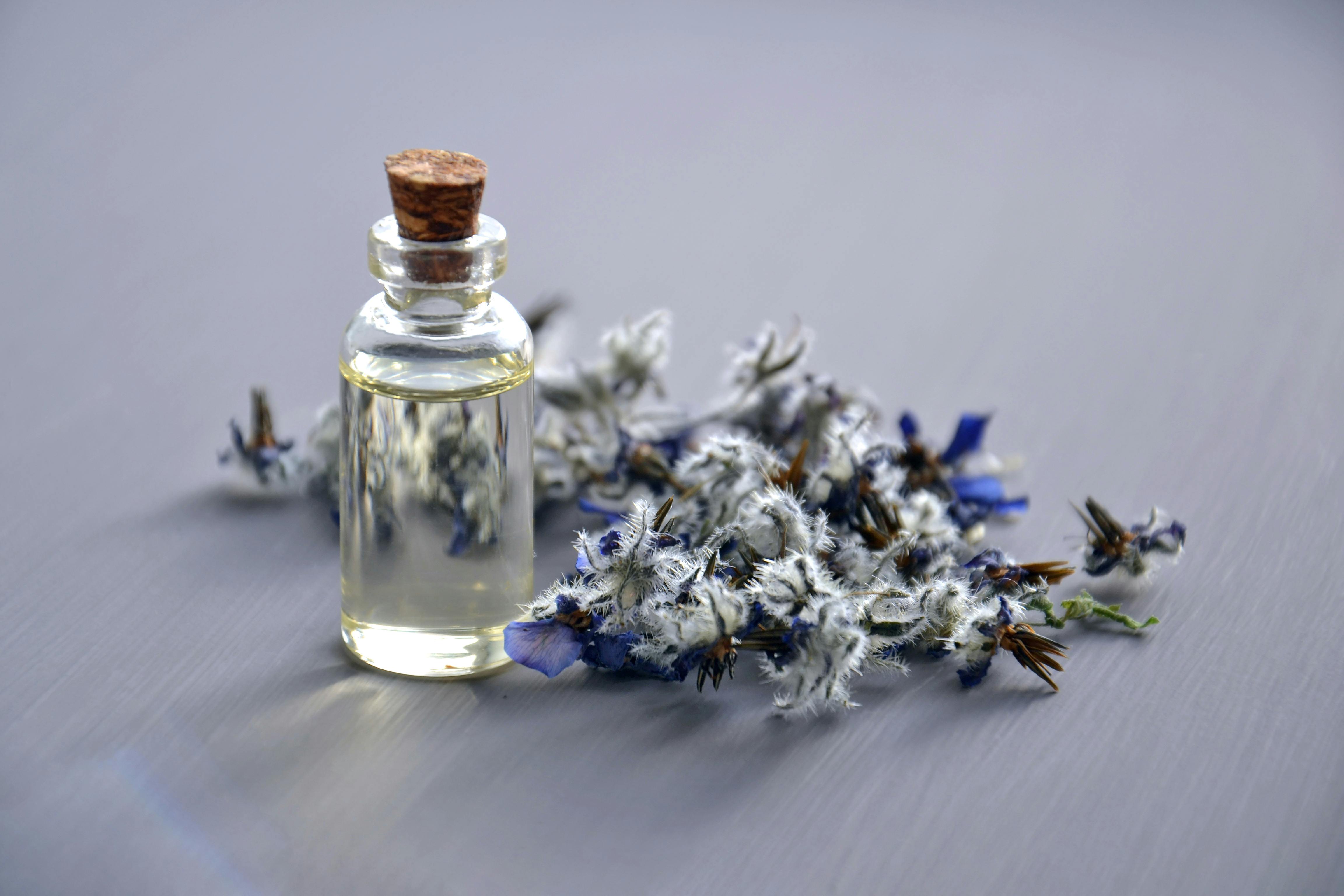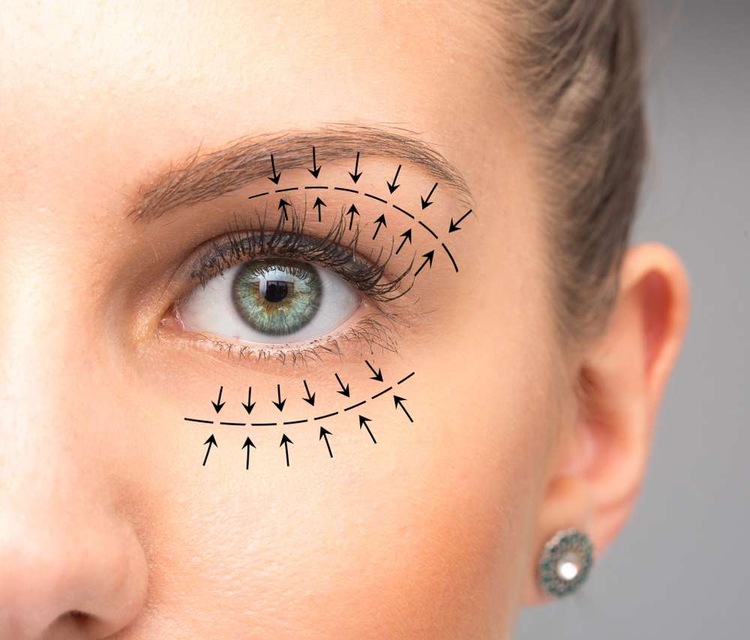Rediscovering the Healing Powers of Aromatherapy: A Holistic Approach to Well-being
Aromatherapy, a practice often associated with spa treatments and relaxation, is increasingly being recognized for its potential health benefits. But what exactly is aromatherapy, and how can it contribute to our overall well-being? Let’s delve into the fascinating world of aromatherapy, exploring its historical roots, current scientific understanding, and practical applications.

A Journey Through Time: The Historical Roots of Aromatherapy
The use of aromatic plant extracts and essential oils for health and wellness dates back thousands of years, with early records from ancient Egypt, Greece, Rome, and China. These civilizations recognized the physical and psychological benefits of aromatic substances, using them in religious rituals, beauty treatments, and medical practices.
Over time, aromatherapy has evolved, with significant advancements in the extraction and usage of essential oils. Today, science is beginning to validate what ancient civilizations knew intuitively—that aromatherapy can have profound impacts on our health and well-being.
From Lavender to Lemon: The Science of Aromatherapy
Modern research into aromatherapy focuses primarily on the physiological and psychological effects of essential oils. Studies suggest that when we inhale the aroma of an essential oil, it can stimulate the olfactory system—the part of the brain connected to smell. This, in turn, can trigger a variety of responses in the body, from relaxation and stress relief to energy and focus enhancement.
For example, lavender is known for its calming effects, while peppermint is often used for its invigorating qualities. However, it’s important to note that the effectiveness of aromatherapy can vary from person to person, and more research is needed to fully understand its potential benefits and limitations.
Practical Application: Integrating Aromatherapy into Daily Life
Incorporating aromatherapy into your daily routine can be simple and enjoyable. From diffusing essential oils in your home or office to applying them topically, there are numerous ways to experience the benefits of aromatherapy.
Before starting, it’s crucial to understand that not all essential oils are created equal—quality matters. Look for pure, therapeutic-grade oils, and if you’re new to aromatherapy, consider consulting with a certified aromatherapist to guide you.
Fascinating Facts and Practical Tips for Aromatherapy
- Essential oils are highly concentrated and should be used with caution. Always dilute them with a carrier oil before applying topically.
- Each essential oil has a unique chemical profile that determines its aroma, color, consistency, and therapeutic properties.
- Aromatherapy isn’t just for humans. It’s been used in veterinary medicine, with certain essential oils helping to calm anxious pets or repel ticks and fleas.
- Aromatherapy can be a great addition to yoga or meditation practices, enhancing relaxation and focus.
- Citrus oils like lemon, grapefruit, and orange can be uplifting and energizing, great for a morning pick-me-up.
The Aromatherapy Takeaway
As we journey through the world of aromatherapy, we discover a practice deeply rooted in history, with the potential to enhance our health and well-being today. Whether it’s diffusing lavender for a restful night’s sleep or inhaling the invigorating scent of peppermint to kick-start your day, aromatherapy offers a holistic approach to wellness that is accessible, enjoyable, and full of possibilities.
Remember, while aromatherapy can complement traditional medical treatments, it should not replace any prescribed medications or therapies. Always consult with a healthcare professional before starting any new wellness practices.




